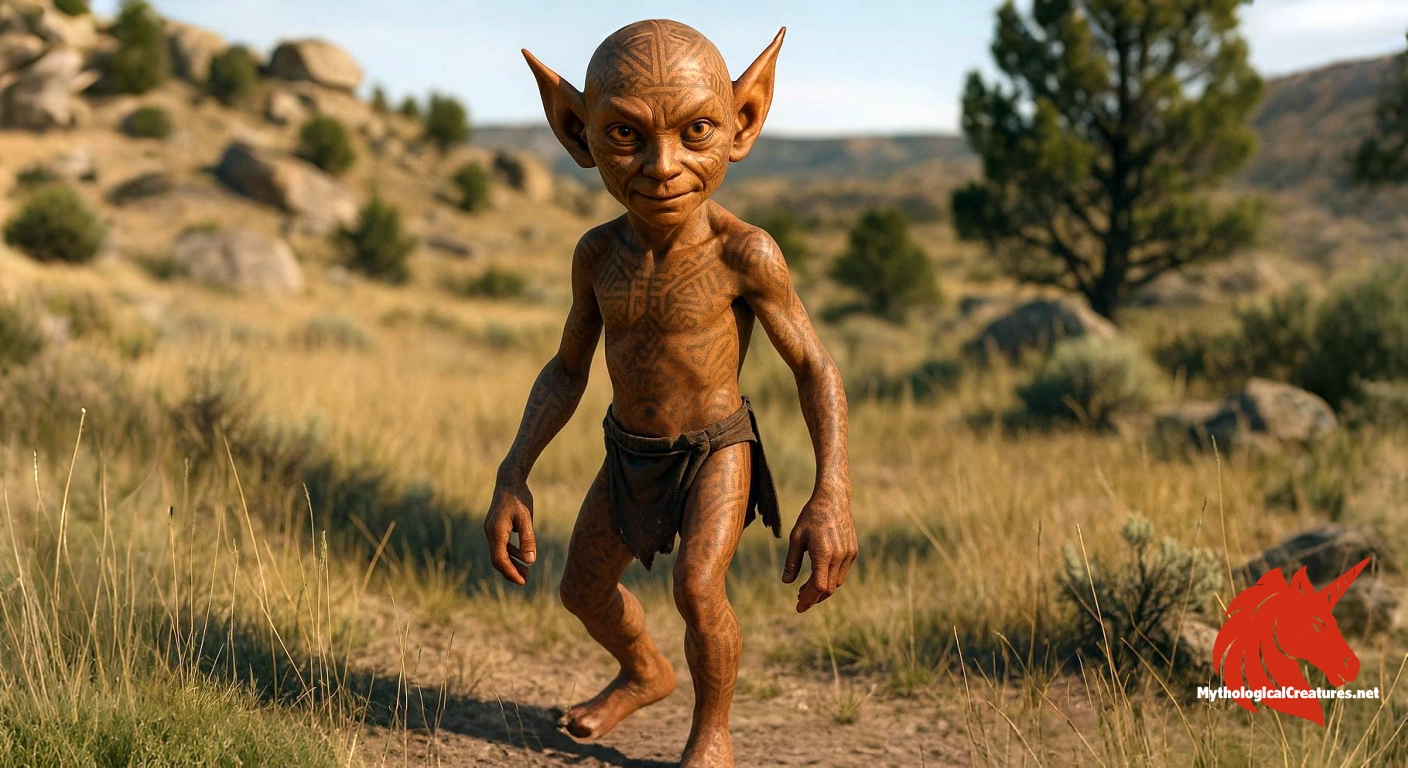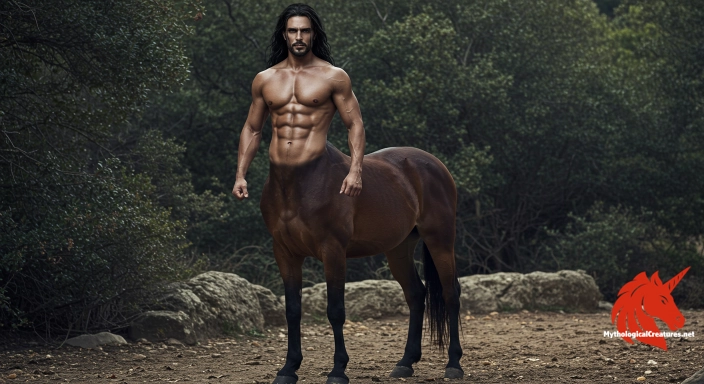Awakkule: Awakkule is a mythological imp from the Crow Nation of the Native American Great Plains.

Awakkule
Awakkule - Awakkule embodies the dual nature of assistance and mischief, reflecting the complexity of natural and supernatural forces in Crow Nation folklore.
Origins & First Encounters
Awakkule is a storied figure woven into the rich tapestry of Crow Nation mythology, embodying a dynamic blend of mischief and unexpected benevolence. Born from the natural elements of the great plains, this enigmatic spirit emerged from early oral traditions that celebrated the balance between playful pranks and genuine assistance. Its origins are deeply interlaced with the spiritual essence of the landscape, where the unseen forces of nature and human experience meet. The character’s dual nature has been admired for its ability to both provoke thought and impart practical wisdom. Early attestations of Awakkule are found in the verbal lore of the Plains Indians, where elders recounted encounters that defied simple moral categorisations. The creature is celebrated not merely for its trickery but also for the lessons embedded within its actions. Generations have passed down its tales through storytelling circles, preserving a unique view of the interplay between chaos and order. The cultural context of the Crow people emphasises a respect for all life forces, including those that challenge conventional norms. Its narrative continues to adapt, symbolising nature’s unpredictability and the inherent balance between help and hindrance. Thus, Awakkule remains an emblematic spirit whose legacy is as layered and enduring as the plains themselves.
Source Texts & Tale Variants
Ancient oral narratives form the backbone of what is known about Awakkule, with elders recounting stories that have been handed down over centuries. Early ethnographic records captured fragments of these traditions during encounters with the Plains Indians, offering a glimpse into a world where spirits influenced everyday life. The creature’s portrayal appears in various discourses, from ritual chants to intimate storytelling within family circles. Diverse versions exist, each embellishing its capricious nature with unique details that reflect the storyteller’s personal insights. Some narratives focus on instances where Awakkule’s mischievous deeds led to unforeseen aid during times of community distress. In other accounts, its pranks serve as metaphors for the unpredictable turns of nature and life. Story variants often contrast its playful tricks with moments of genuine empathy, highlighting an ambiguous moral spectrum. Written records, though limited, have managed to capture some of this complexity, preserving the spirit’s vivid character for future reflection. Across different retellings, the enduring charm of Awakkule has spurred both admiration and a gentle scepticism. These multifaceted accounts underscore a living tradition that continues to evolve, ensuring that no single version can fully encapsulate its mysterious essence.
Form & Powers
Awakkule is typically depicted as a diminutive, agile figure whose form blends human-like features with an almost otherworldly quality. Descriptions often detail a slight stature that allows it to move silently and unseen amidst the plains, while its eyes shimmer with a mischievous glint. The creature’s skin is said to carry subtle, earth-toned hues reminiscent of the rugged terrain from which it arises. Some tales speak of delicate markings, as if nature itself had adorned it with patterns echoing the traditional designs of the Crow people. Its appearance is not fixed; rather, it is believed to shift in a manner that suggests both playfulness and mystery, sometimes resembling a small child and at other times a capricious sprite. Observers in folklore have noted an attire fashioned from natural fibres or decorated with tiny beads and feathers, which reinforces its intrinsic connection to the wild. There is an ever-present air of ephemeral beauty that suggests a being in perpetual motion, forever balancing the line between the tangible and the ethereal. The physical attributes of Awakkule, though vaguely defined in many accounts, are key to the creature’s allure and its ability to traverse both the physical and spiritual realms. Such descriptions invite the imagination to visualise a creature whose form is as mutable as the pranks it plays.
Regional Faces
Across the diverse landscapes of the Plains, regional adaptations of Awakkule reflect a rich interplay between local tradition and overarching myth. While the core narrative originates within the Crow Nation, neighbouring tribes have imbued the spirit with nuances that resonate with their own environmental and cultural contexts. In some regions, the being is portrayed with an even stronger benevolent streak, where its interventions during times of need are celebrated in communal rituals. Other local traditions emphasise its role as a trickster, using its antics as a means to explain the unpredictable whims of nature. Variations in the storytelling have led to differences in its attributed powers, with some communities suggesting it possesses the ability to influence weather patterns or the fortunes of hunters. These regional narratives often incorporate distinctive symbols and motifs, thereby providing a unique local flavour while maintaining the essence of playful mischief. The spirit’s depiction as an intermediary between the human world and the animate forces of nature has allowed it to be reinterpreted in multiple ways. Such local adaptations highlight the fluidity of myth, where a single figure can embody a spectrum of characteristics that differ from one community to another. Despite the regional divergences, a common thread remains: the enduring appeal of a creature that simultaneously confounds and comforts its devotees. These variations underscore the dynamic nature of indigenous storytelling in the face of ever-changing cultural landscapes.
Cultural Parallels
In a broader mythological context, Awakkule shares striking similarities with numerous trickster figures found across the globe. Its playful mischief and dual capacity to help or hinder are reminiscent of the coyote in other Native American traditions, who similarly blurs the lines between chaos and wisdom. European folklore introduces comparable imps and sprites, which are celebrated for their sly humour and propensity for harmless pranks. This cross-cultural phenomenon speaks to a universal human fascination with creatures that defy simplistic moral labels. Like the Japanese tanuki, known for its cunning transformations, Awakkule challenges perceptions through its mutable character. These comparatives offer insight into how various societies have used such figures to articulate complex themes such as the unpredictability of life and the coexistence of light and dark forces. Myth-makers across different cultures have often drawn upon similar narrative archetypes to explore themes of transformation, resilience, and the interplay between the ordinary and the supernatural. The similarities foster a dialogue between disparate cultures, revealing underlying shared human concerns. Such comparative analyses illustrate that while the details may differ, the archetype of a mischievous yet benevolent spirit resonates widely. Ultimately, these parallels enrich our understanding of Awakkule by placing it within a universal framework of myth and mystery.
Legacy & Modern Evolution
Over the centuries, depictions of Awakkule have evolved alongside shifting cultural and social landscapes, transforming from purely oral tradition into a symbol of modern Native American identity. Early narratives that once served as cautionary or instructive tales are now celebrated as part of an enduring cultural heritage. Contemporary storytellers and artists have embraced the spirit, reimagining its image through various media, from traditional beadwork to digital art installations. This evolution reflects a broader trend within indigenous communities to reclaim and reinterpret ancestral myths in the context of modern challenges. Awakkule’s legacy is marked by its ability to adapt, maintaining its signature duality of mischief and assistance while symbolising the unpredictable nature of existence. Modern cultural festivals and literary projects often invoke its image as a reminder of the resilience and creativity intrinsic to the Crow Nation. As environmental and social issues gain prominence, the creature has also come to represent nature’s capricious yet nurturing power. Its story continues to inspire innovative expressions of identity and cultural continuity among younger generations. The transformation of Awakkule from a traditional imp to a modern emblem of adaptability underscores the timeless relevance of indigenous myth. In celebrating this evolving legacy, communities affirm their connection to the past while looking forward with new hope and creative vigour.
Interesting Fact
An interesting aspect of Awakkule is its embodiment of dual characteristics, serving as both a helpful guide and a playful trickster, which mirrors the nuanced balance between order and chaos in nature.
Quick Creature Info
Origin:
Features:
Our Mythic Legendary Rating:

Habitat:
Supernatural Powers:
Abilities:
Behavior:
Lore:
References
Discover Another Mythical Legend You May Not Have Heard Of?
Uncover the mysteries of ancient folklore and expand your knowledge of legendary beings from cultures around the world.
Dare to Meet the Melanchaetes....
Curated by the Mythological Creatures Team (rev. May 2025)
